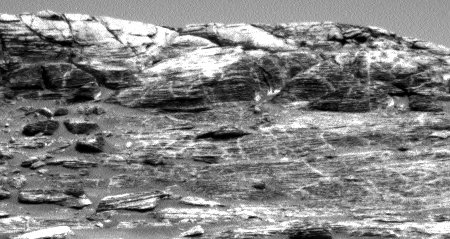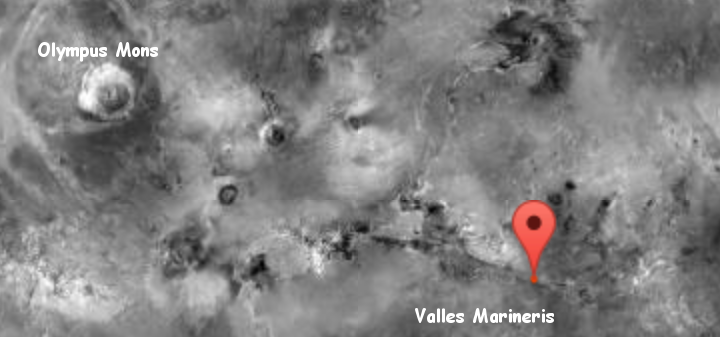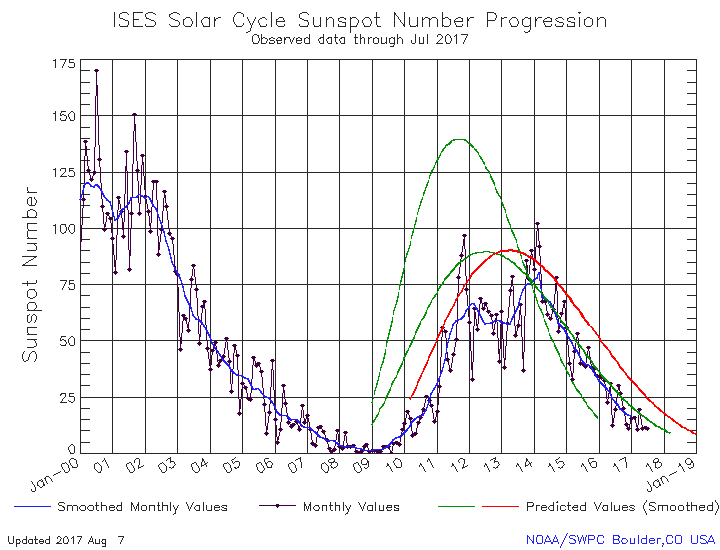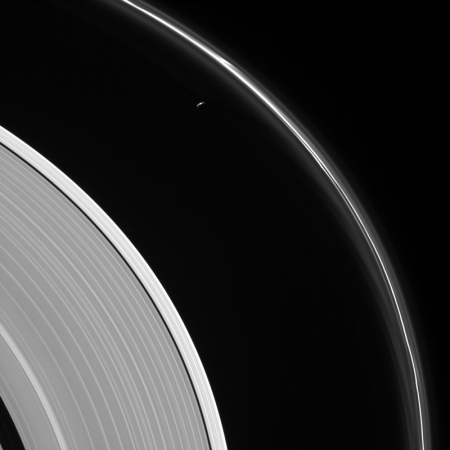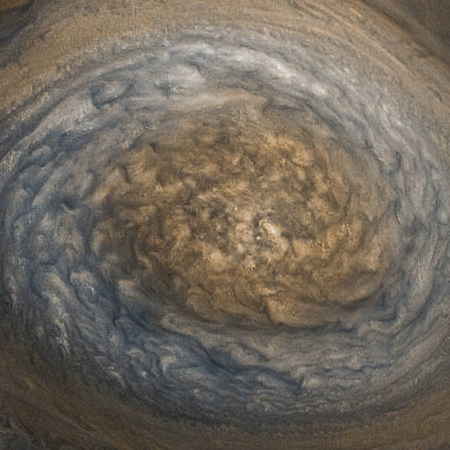Unexpected big storm on Neptune
The uncertainty of science: Astronomers have spotted a new very big storm on Neptune, occurring unexpectedly near the plane’s equator.
A large, high-pressure vortex system deep within Neptune’s atmosphere is thought to drive the white storm clouds. As methane gases rise up in the vortex, they cool below the condensation temperature, forming clouds in the same way that water vapor does on Earth.
The location of the vortex caught astronomers by surprise, though. “Historically, bright clouds have occasionally been seen on Neptune, but usually at latitudes closer to the poles, around 10 to 60 degrees north or south” says de Pater. “Never before has a cloud been seen at, nor close to the equator, or anything so bright.”
Neptune is the windiest planet in the solar system, with observed equatorial wind speeds of up to 1,000 miles per hour (450 m/s). Since wind speeds vary drastically with latitude, a storm crossing more than 30° of latitude should quickly break apart. Something, such as an underlying vortex, must be holding it together. But a long-lasting vortex right at the equator would be hard to reconcile with our current understanding of the planet’s atmosphere.
I think any theory about Neptune’s weather should treated with a great deal of skepticism. I am sure the theories are based on what is known, but what is known is very little. Until we have been able to observe this gas giant up close and for decades, our understanding of its weather is going to be sketchy, at best.
The uncertainty of science: Astronomers have spotted a new very big storm on Neptune, occurring unexpectedly near the plane’s equator.
A large, high-pressure vortex system deep within Neptune’s atmosphere is thought to drive the white storm clouds. As methane gases rise up in the vortex, they cool below the condensation temperature, forming clouds in the same way that water vapor does on Earth.
The location of the vortex caught astronomers by surprise, though. “Historically, bright clouds have occasionally been seen on Neptune, but usually at latitudes closer to the poles, around 10 to 60 degrees north or south” says de Pater. “Never before has a cloud been seen at, nor close to the equator, or anything so bright.”
Neptune is the windiest planet in the solar system, with observed equatorial wind speeds of up to 1,000 miles per hour (450 m/s). Since wind speeds vary drastically with latitude, a storm crossing more than 30° of latitude should quickly break apart. Something, such as an underlying vortex, must be holding it together. But a long-lasting vortex right at the equator would be hard to reconcile with our current understanding of the planet’s atmosphere.
I think any theory about Neptune’s weather should treated with a great deal of skepticism. I am sure the theories are based on what is known, but what is known is very little. Until we have been able to observe this gas giant up close and for decades, our understanding of its weather is going to be sketchy, at best.


